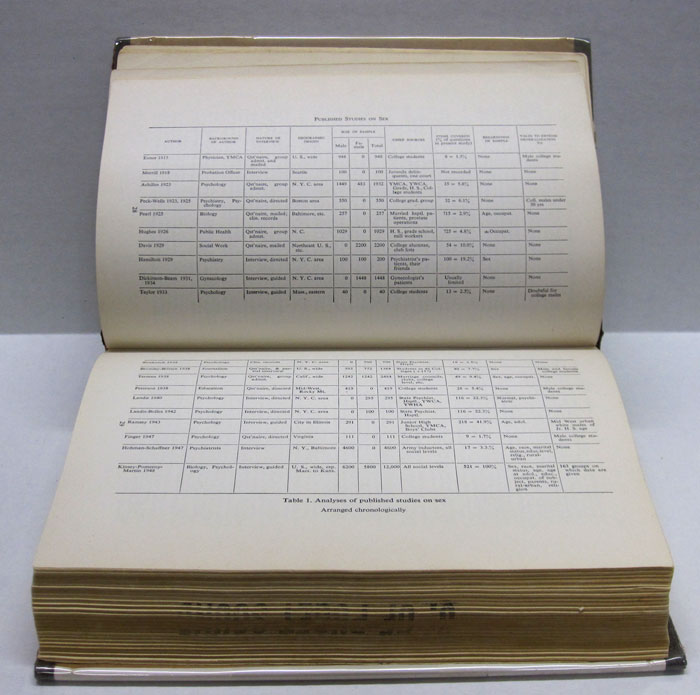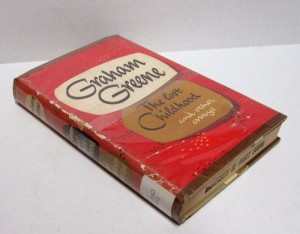1953: Fahrenheit 451
Author/Editor: Ray Bradbury
Find it in Collins Library!
Still in print today, this book is one of Bradbury’s most well-known works of fiction that portrays a society in the not so distant future when fireman burn books forbidden by the totalitarian regime.
Bradbury shares insights into the book in the preface:


Photo courtesy of Biography Resource Center
Fahrenheit 451 show how important books are to freedom, morality, and the search for truth. The novel concludes with Montag, a fireman who has rejected his role as book burner, joining a community that strives to preserve books by memorizing them.
Bradbury concludes the Preface with the following statement:
Fahrenheit 451 was written, in its entirety, in the basement of the library at UCLA, on a pay-typewriter into which, every half hour I had to feed ten cents. I wrote in a roomful of students who didn’t know what I was doing there, just as I didn’t know what they were doing there. Perhaps some other novelist was in the basement room working away; I should like to think so. What finer place is there to work than in such a library deeps?
Bradbury was the recipient of the 2000 National Book Foundation Medal for Distinguished Contribution to American Letters, the 2004 National Medal of Arts, and the 2007 Pulitzer Prize Special Citation, died on June 5, 2012, at the age of 91 after a long illness.
Additional Resources:














 Catholic upbringing and explored moral and social issues. The author of more than fifty books during a sixty-year career, Graham Greene (1904–1991) unquestionably ranks among the twentieth century’s great writers. His novels alone have sold more than 20 million copies and have been translated into nearly thirty languages.
Catholic upbringing and explored moral and social issues. The author of more than fifty books during a sixty-year career, Graham Greene (1904–1991) unquestionably ranks among the twentieth century’s great writers. His novels alone have sold more than 20 million copies and have been translated into nearly thirty languages.













